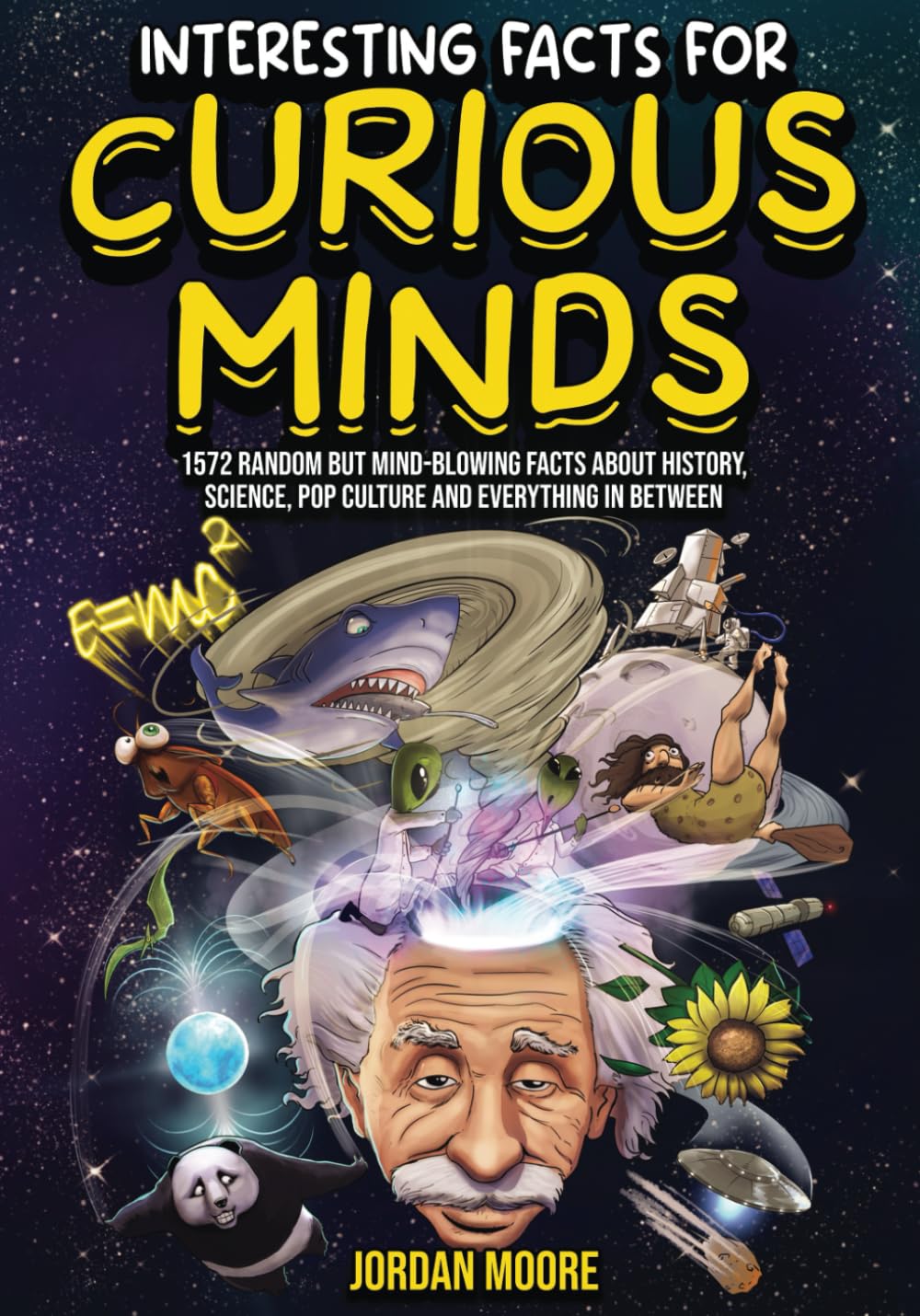
Interesting Facts For Curious Minds: 1572 Random But Mind-Blowing Facts About History, Science, Pop Culture And Everything In Between
From Hot Tamales To Cold Coffee
byFrom hot tamales to cold coffee, the world is filled with unique and diverse culinary experiences that often reflect the history and culture of different regions. Haggis, a traditional Scottish dish, might resemble an exotic hot pocket, but it is much more complex. Made from a mixture of sheep’s internal organs, onions, oatmeal, suet, and spices, all packed inside a sheep’s stomach, haggis has become an iconic part of Scottish cuisine. Despite its unusual ingredients, it remains a cherished dish, especially during celebrations like Burns Night. Meanwhile, in Mesoamerica, tamales have been a staple food for over 5,000 years, with the word “tamale” originating from the Nahuatl language, where “tamalli” referred to a wrapped food. This ancient dish continues to be a popular choice in many countries today, showcasing the enduring traditions of indigenous cultures.
The evolution of drinks and condiments has also played an important role in shaping food culture across the world. In the late 1700s, English chemist Joseph Priestley revolutionized the world by inventing the process of carbonating water, leading to the development of soda and beer. This discovery paved the way for the creation of fizzy drinks that are enjoyed worldwide today. Similarly, in the Middle Ages, the Arab chemist Al-Kindi documented the process of distilling wine, which eventually led to the creation of brandy. This tradition of transforming fermented beverages into spirits became integral to many cultures, with distillation practices continuing to evolve. Moving to the United States, “fry sauce,” a blend of ketchup and mayonnaise, became popular in mountain states, demonstrating the creativity of combining simple ingredients to enhance flavor.
In the world of beverages, iced coffee and cold brew coffee are often confused, yet they are distinctly different. Iced coffee is brewed coffee served over ice, while cold brew coffee involves steeping coffee grounds in cold water for an extended period, typically 12 to 24 hours. This cold extraction method results in a smoother and less acidic coffee, which has gained popularity, especially in hot climates. Similarly, the origins of certain drinks, such as the cocktail, are shrouded in mystery. Some believe the word “cocktail” comes from the Nahuatl word for flower, “xochitl,” while others argue it derives from the rooster tails that were once used as garnishes. This debate highlights the fascinating and often obscure history behind common drinks, as well as the cultural influences that shape their names and popularity.
Food traditions often serve as a reflection of the unique histories and customs of various countries. In places like Haiti and North Korea, spirits make up 97% of the alcohol consumed, reflecting the role that alcohol plays in cultures marked by poverty or repression. On the other hand, Japan’s culinary culture includes unusual offerings like sakuraniku, or cherry blossom meat, which is raw horse meat, a delicacy that may shock those unfamiliar with Japanese cuisine. Meanwhile, Australian beer breweries, when finishing a batch, turn the leftover residue into Vegemite, a popular spread that has become synonymous with Australian breakfasts. This transformation of waste into food demonstrates the resourcefulness of different cultures in making the most of available resources.
As globalization continues to shape the food industry, international fast-food chains have adapted to local tastes. McDonald’s, the world’s leading fast-food chain, holds a dominant position in many countries. However, the Yum! Brands group, which includes KFC, Taco Bell, and Pizza Hut, collectively generates more revenue, showcasing the competitive nature of the fast-food market. Meanwhile, in the Philippines, there is a fast-food chain named Graceland, which serves traditional Filipino dishes and has no connection to Elvis Presley, illustrating how regional identities can influence global franchises. Similarly, in South Korea, HiteJinro, the top-selling spirit brand worldwide, is known for its soju, a traditional Korean alcohol, which highlights the importance of local alcoholic beverages in a globalized world. These examples underscore the ways in which food and drink evolve and adapt, influenced by both tradition and modern commercial trends.
Some foods, though, can be more divisive or even considered an acquired taste, such as lutefisk. This Scandinavian delicacy involves dried whitefish pickled in lye and has a distinct, often unpleasant odor. Despite its off-putting aroma, lutefisk was once a popular dish in Scandinavia and continues to be consumed by certain groups, often during the holiday season. Similarly, kangaroo meat, popular in Australia, is shipped around the world, though some countries, like California, have made it illegal to import. These examples show how food preferences are often shaped by cultural norms and how certain ingredients, despite being unfamiliar to some, can be deeply ingrained in regional culinary traditions. As global awareness of different cuisines continues to grow, people are constantly discovering new foods that reflect the diversity and history of the world.

